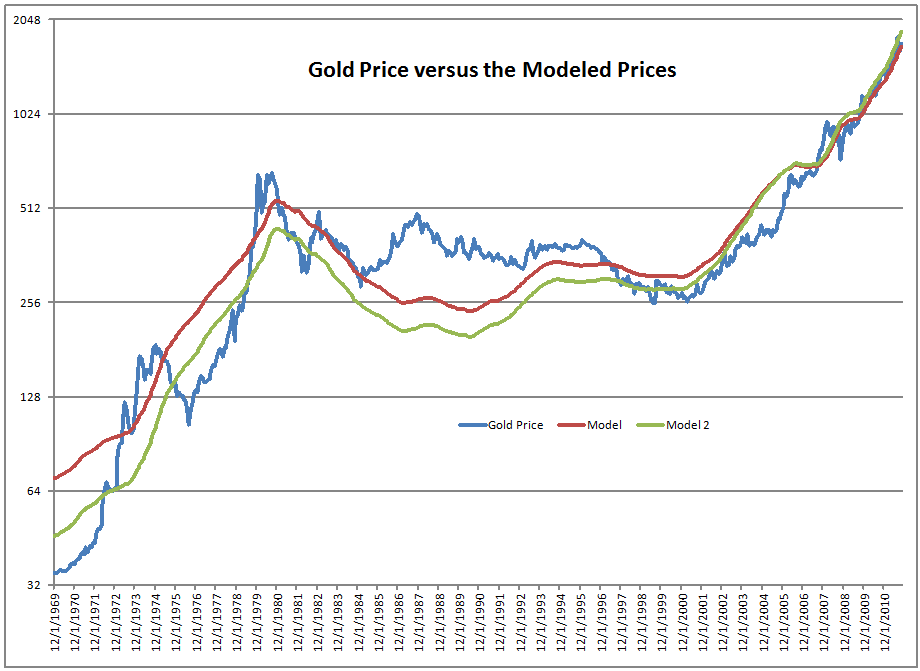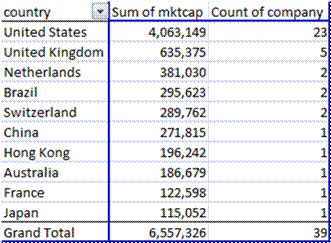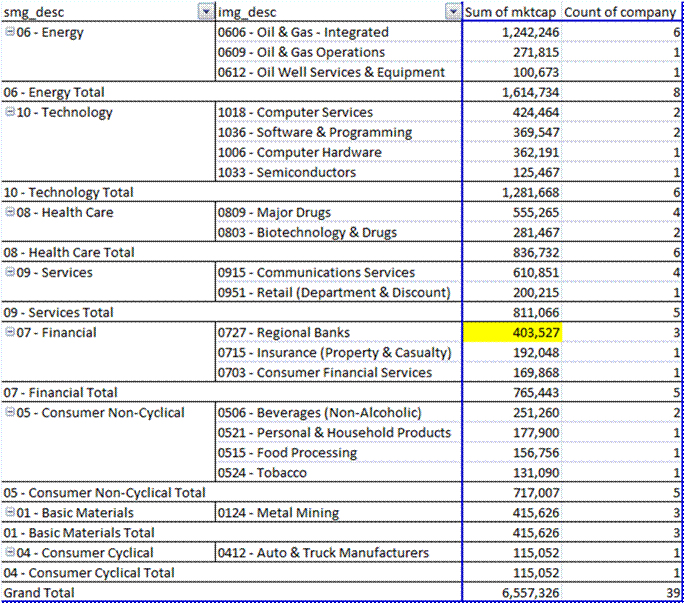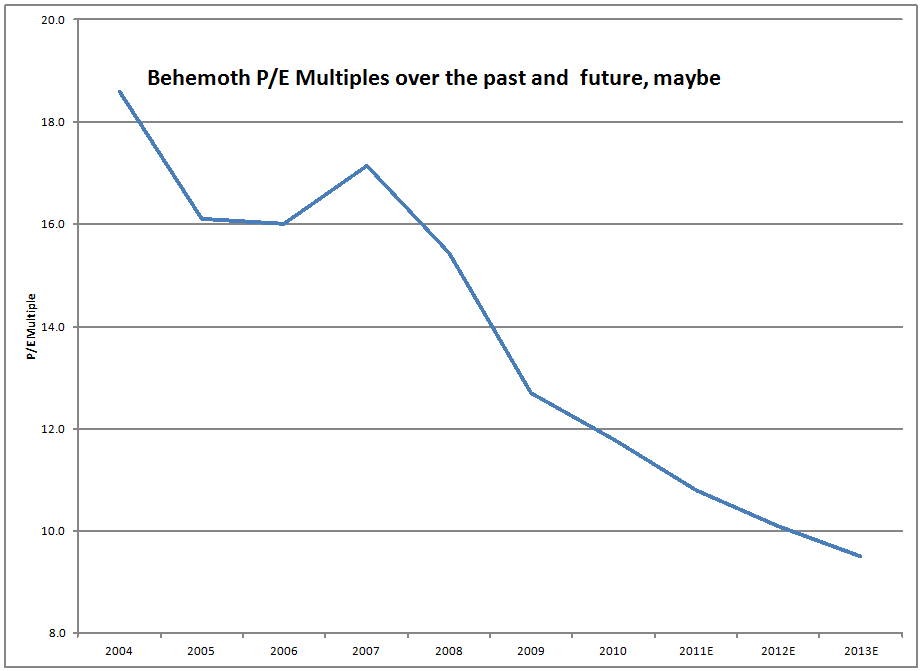
What do you do with a book that has one major thing wrong, and a lot of minor things right?? I?m not sure, but my compromise is to give it a low num1er of stars on Amazon, and mention the good and bad points.
In a perverse sense, it makes sense that someone will write a book pushing high quality bonds when the yields are so low.? There are always those that push foolish retail investors to act amid low rates.? ?It?s time to preserve value,? as low rates lock in low returns, but will low returns from bonds beat stocks, commodities, or cash?
I think not.? At present, high quality bonds are return-free risk, as James Grant would put it.
Now, the authors allege that bonds match/beat the performance of stocks over the long run.? But their argument relies on buying and rolling to an unusual bond ? the long Treasury bond.? I?m sorry, but few could have bought and rolled that, the volatility is too great.? The same argument applies to junk bonds as well.? Bearing the excesses of maturity risk or credit risk over time can yield great returns, but few can live with the volatility.
I am not a backer of the idea that the equity return premium over bonds is big, but I do back the idea that it is positive.? Equities outperform bonds by about 1%/year, with a lot of noise, which makes the outperformance dubious to na?ve watchers.? You need at least 40 years to demonstrate the effect.
The authors push their perverse view that a portfolio of high-quality bonds will outperform stocks.? Are they betting on the Second Great Depression in the process?? That?s what it would take, with rates so low.
Further, by limiting their fixed income purchases to AA bonds or better, the authors ensure that their clients lose money from their lazy investing, when it is well-known that BBB bonds return the best even after default losses.? I suspect the authors don?t want to deal with the stress that comes from occasional losses, which is a lazy way to run an investing business.? Good bond investing makes more on credit spreads than it loses on default losses.
The same argument applies to their avoidance of structured securities (ABS/MBS); intelligent investors can make extra money there.? Broad prohibitions of any investment should be a red flag to investors, particularly when the authors have no evidence.
Back to their five initial questions, with my answers:
1)????? Everyone I know has the bulk of their money in stocks, and stocks always outperform bonds.
Sorry, but the authors obfuscated to make their case.? Over the long run, stocks have outperformed bonds by 1-2%/year, but that outperformance comes in spurts, it is not level.? The authors deceptively made their case by arguing the spurts were abnormal.? Sorry, but abnormality is a normal part of markets.
2)????? I won?t be able to retire with the returns from bonds.
Particularly true with the lame way the authors invest; starve on their very modest interest income.? Investment returns are lumpy, but people want smooth returns.? Markets can?t be changed, but can people discipline themselves to wait for lumpy returns when they come?
3)????? I understand stocks, but bonds are too complicated.
Bonds are simple, but yield little now.? Stocks yield more, but yes, can go down.
4)????? Bonds won?t keep up with inflation.
No they won?t, but stocks, particularly cyclical stocks will do far better.
5)????? Bonds don?t provide any growth.
One of the biggest lies of this book is that bonds provide growth as a result of investing what you don?t spend.? That is not growth, that is savings.
All that said, unless the investor can discipline his emotions, he is probably better off investing in bonds, even though he will earn much less.
Quibbles
Page 52 ? The authors did not do their homework: the Old Testament did not prohibit interest; it prohibited taking interest from the poor, to avoid enslaving them.? Business loans were permitted.
Pages 330-331 the authors make a lot out the disadvantages of bond funds, but aside from paying an upfront load, the disadvantages are small relative to individual bonds over a long time period.
Page 362 ? the authors don?t fully get stable value funds.? Yes, the attempt to create them for anyone to invest in did not work, but for 401(k)s, which is the majority of the market, there was never an investigation, and they function well to this day.
Who would benefit from this book: No one would benefit from this book.? It deceives and preys on the ignorance of average investors who have been burnt by the stock market.? If you want to, you can buy it here: Bonds: The Unbeaten Path to Secure Investment Growth.
Full disclosure: The publisher asked if I wanted the book.? I said ?yes? and he sent it to me.
If you enter Amazon through my site, and you buy anything, I get a small commission.? This is my main source of blog revenue.? I prefer this to a ?tip jar? because I want you to get something you want, rather than merely giving me a tip.? Book reviews take time, particularly with the reading, which most book reviewers don?t do in full, and I typically do. (When I don?t, I mention that I scanned the book.? Also, I never use the data that the PR flacks send out.)
Most people buying at Amazon do not enter via a referring website.? Thus Amazon builds an extra 1-3% into the prices to all buyers to compensate for the commissions given to the minority that come through referring sites.? Whether you buy at Amazon directly or enter via my site, your prices don?t change.




 I previously reviewed the First Edition.? Now it is time for the Fourth Edition.? Rather than do a teardown, I think it would be more useful if I explained how the book can best be used.? Here goes:
I previously reviewed the First Edition.? Now it is time for the Fourth Edition.? Rather than do a teardown, I think it would be more useful if I explained how the book can best be used.? Here goes:


